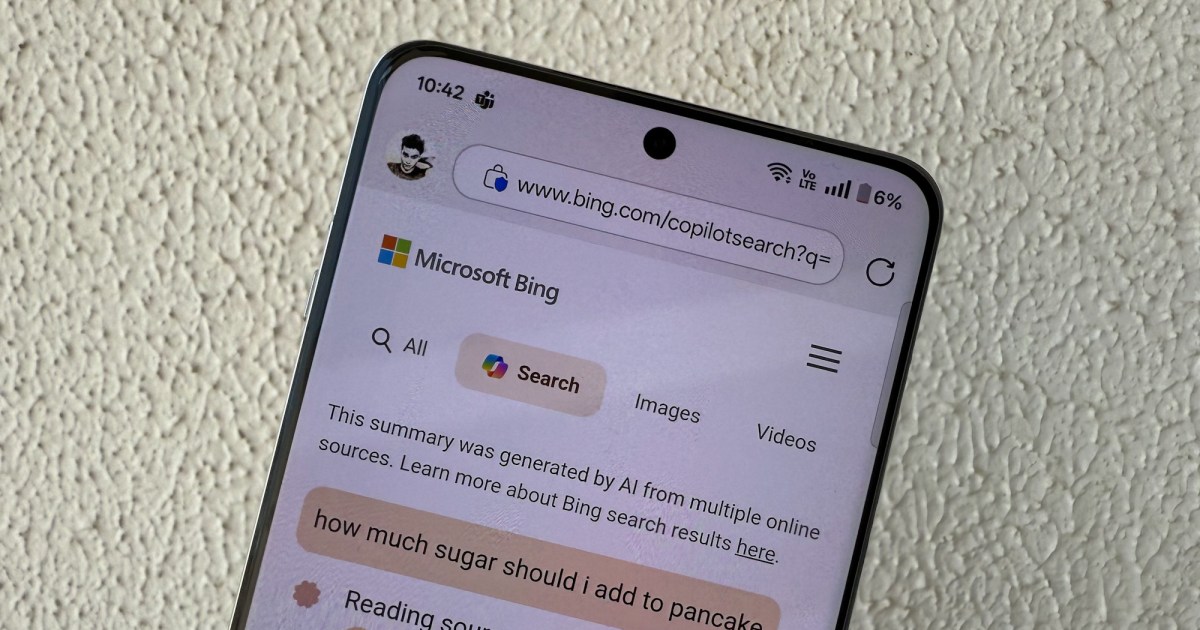
Microsoft's Bing introduces a Copilot search mode to compete with Google’s AI search.
The Copilot Search feature of Microsoft's Bing search engine removes traditional blue links and presents answers in a way similar to a chatbot, similar to Google's AI search mode.
Recently, Google launched a new AI-powered search mode that presents answers in a continuous text format, similar to how a chatbot would respond, rather than displaying traditional results with links. Microsoft has decided to join this trend with its new Copilot search option in the Bing search engine. This new feature was initially spotted by Windows Latest and has been confirmed to be available across all platforms.
To access the Copilot search in Bing, users can visit the Bing website in any web browser or use a direct link: “bing.com/copilotsearch?q=(QUERY)”. The feature is now widely available in the Edge browser, both on mobile and desktop devices. When performing a search, users will find a new “SEARCH” button next to the Copilot icon in the top menu bar, complemented by the “All” and “Image” options. Once they select this option, the query will be automatically transferred and the AI-assisted search will commence. In the desktop version, if the Copilot Search option does not appear at the top, it can be enabled through the three-dot menu below the text box by selecting “Copilot Search”.
Regarding the functionality of Copilot Search, users can receive several paragraphs of response or a well-structured answer in the form of numbered lists. At the end of each paragraph, there is a hyperlink that allows opening a pop-up window with the source material. At the bottom of the AI-generated response, all sources are listed in a sliding carousel. This method is very similar to the one used by Google in its AI search model. So far, responses to complex questions have been accurately handled, although it is advisable to always verify the information by consulting the original sources.
In addition, Microsoft is planning to enhance its own AI models in its products, thereby reducing its reliance on ChatGPT. According to reports, Microsoft’s AI team has recently completed training a new series of AI models under the codename “MAI.” These internal models are expected to achieve performance comparable to that of AI models from OpenAI and Anthropic.



